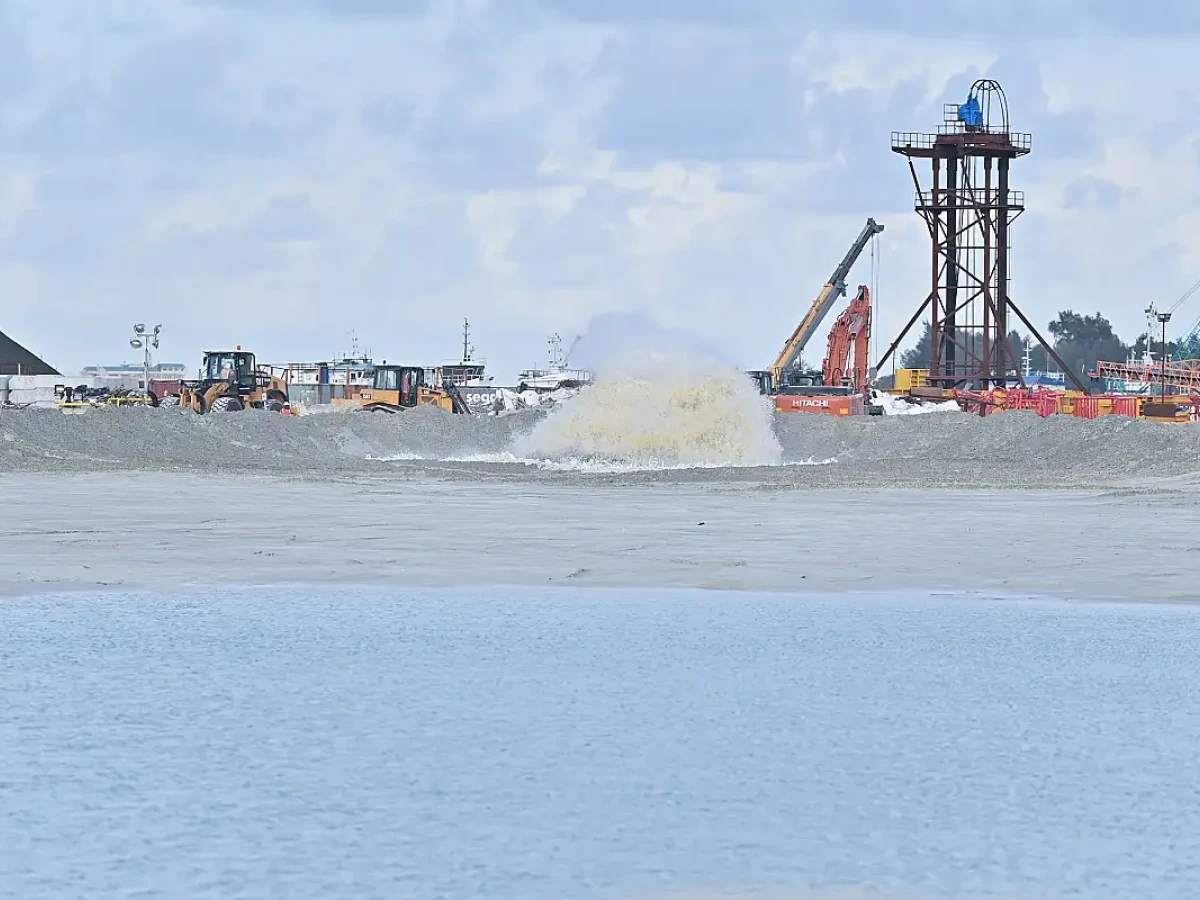
Maldives sets new criteria for sand mining from protected areas
According to the amendment, such work should be carried out only if certain conditions are met after completing the required permits.
Top Stories
-
FAM faces another shake-up as FIFA appoints new chairman
-
Immigration conducts operation to verify expat workers compliance
-
Taylor Swift fans gather for cooler Rio show after fan’s death
-
Taylor Swift's re-recording of '1989' dominates UK music charts
-
'Friends' star Matthew Perry dies of possible drowning at 54
By
Aishath Fareeha Abdulla
The government has amended the rules for the reclamation and excavation of islands and lagoon areas in the Maldives, allowing sand mining to be carried out for land reclamation from protected areas.
Previously, the rules prohibited sand mining from protected areas or areas designated as environmentally sensitive areas under the Environmental Protection and Conservation Act.
In addition, sand mining was prohibited in:
-
The 100 metres between the outskirts of the lagoon and the islands beach
-
500 metres inside the outer bank of any reef or lagoon
-
If there is a island in the lagoon, the lagoon area 50 metres from the island cliff
However, according to the amendment gazetted by the Environment Ministry on Saturday, dredging and sand mining is prohibited only for 200 metres from a protected area or an area designated as environmentally sensitive areas under the Environment Protection and Conservation Act.
Even though excavation and sand extraction is prohibited for over 200 metres from an area designated as environmentally sensitive areas, sand can be extracted for implementation of a project designated by the Cabinet or a Cabinet committee. However, the rules also specify the circumstances under which sand could be mined.
According to the amendment, such work should be carried out only if certain conditions are met after completing the required permits.
They include
-
Conduct a detailed study of the existing and endangered species within the area
-
Submit and approve a detailed plan for the relocation, revival and monitoring of endangered species in the area
-
To arrange for the protection, management and maintenance of an area not less than the area including the natural features in accordance with the rules, regulations and standards prescribed by the relevant authorities
-
Identify the impact of the change on the water surface, study the changes and take necessary corrective action if a change is likely to occur
-
Study the flooding problems that may arise in the island due to the change and establish an appropriate irrigation system in the island to solve it
Related
Related

EPA to oversee protected Ari Atoll area from December

ERA probes complaints of illegal sand mining in Malé atoll lagoon

Foreign tugboat fined MVR 12 million for damage to Milandhoo reef

